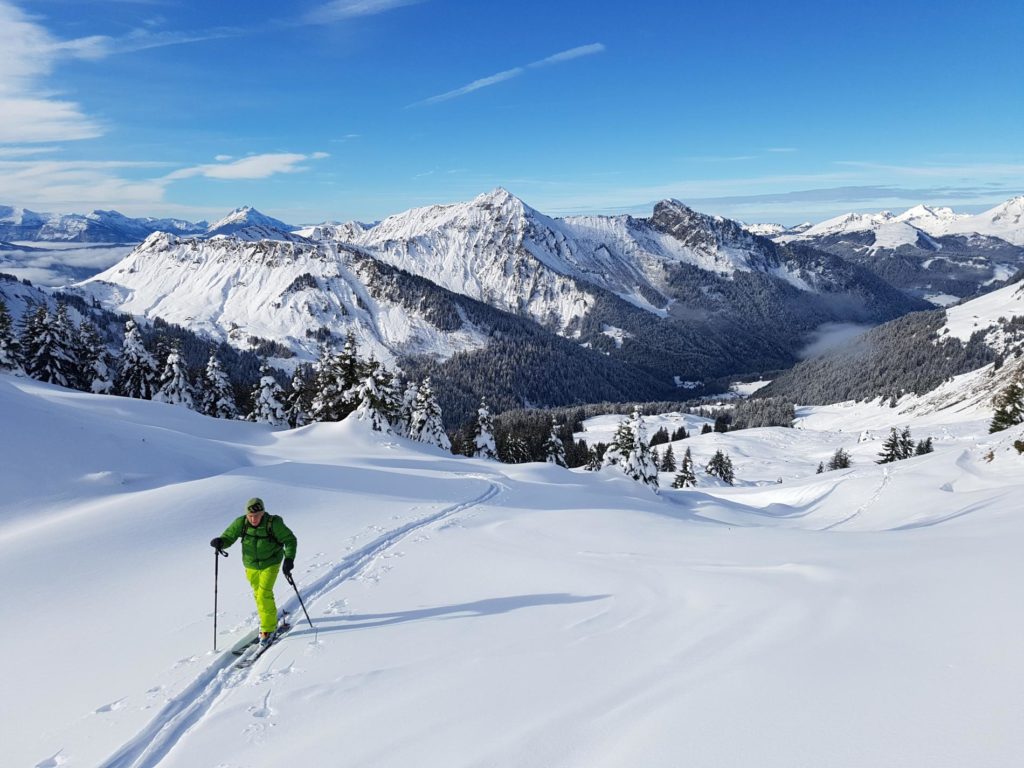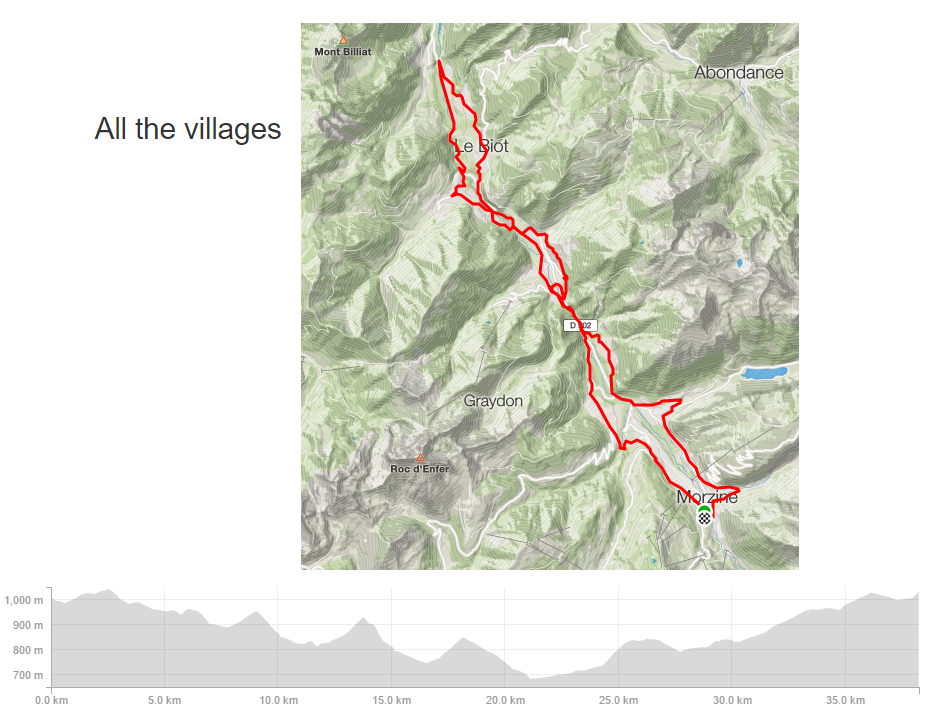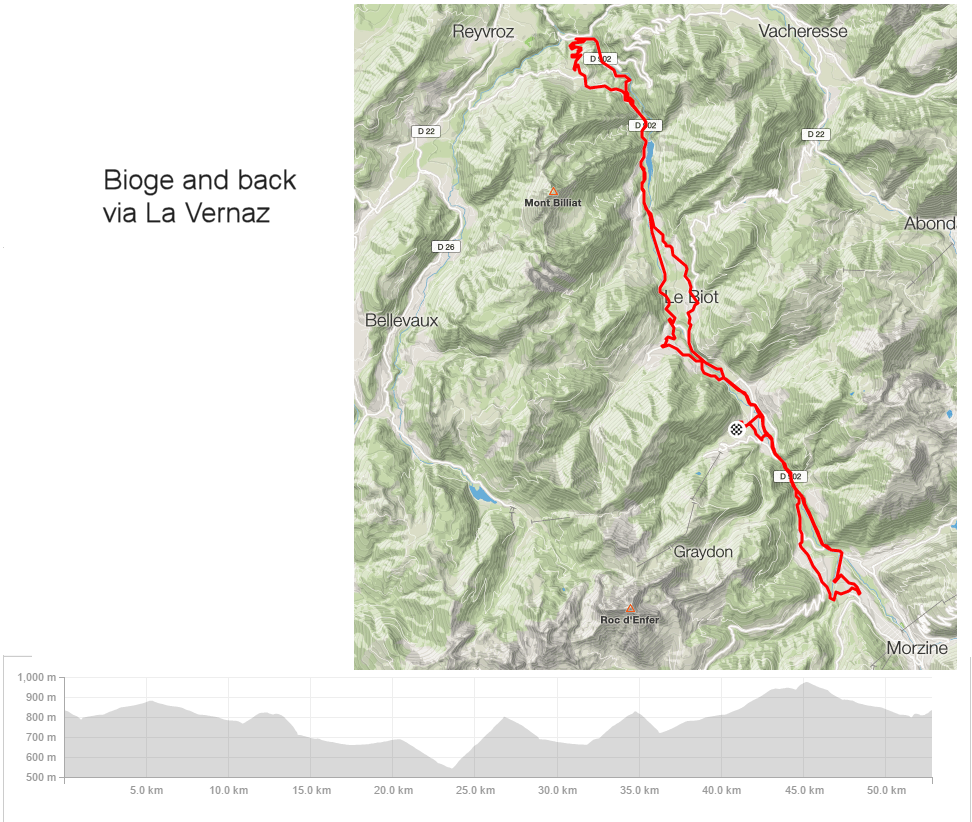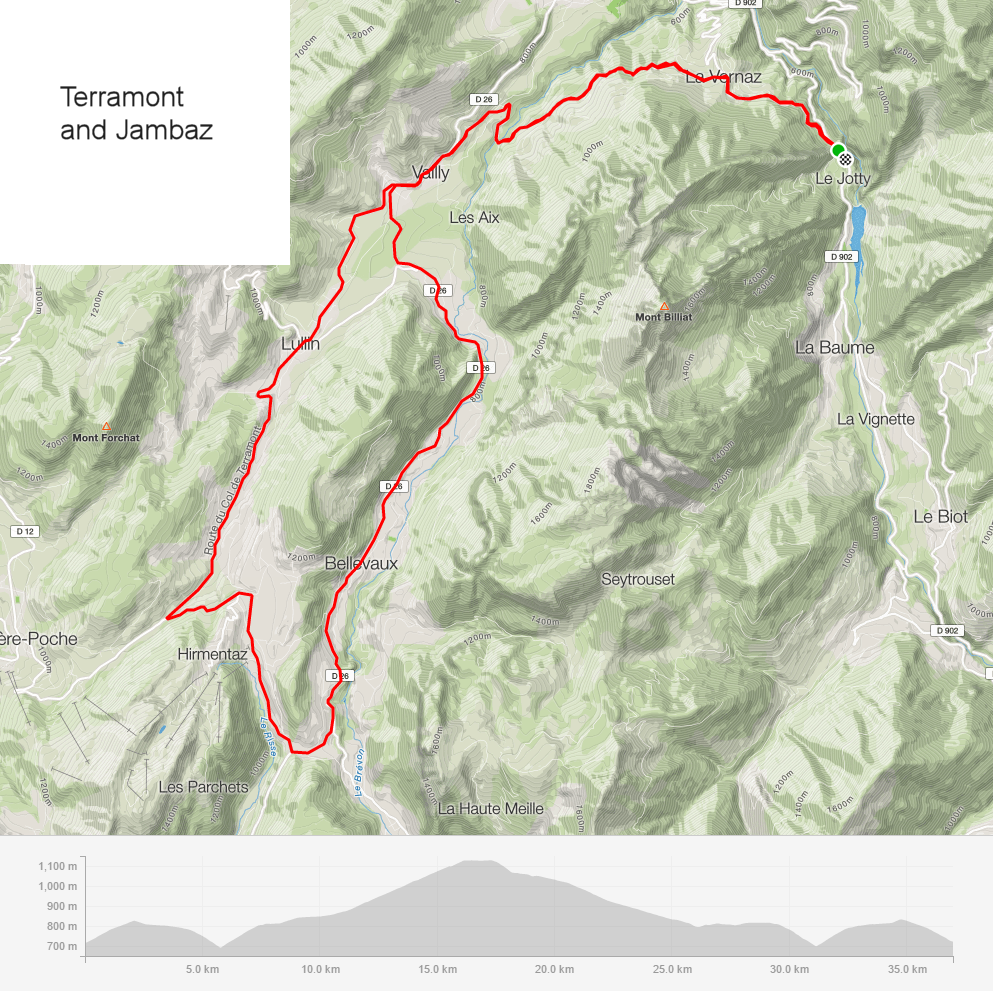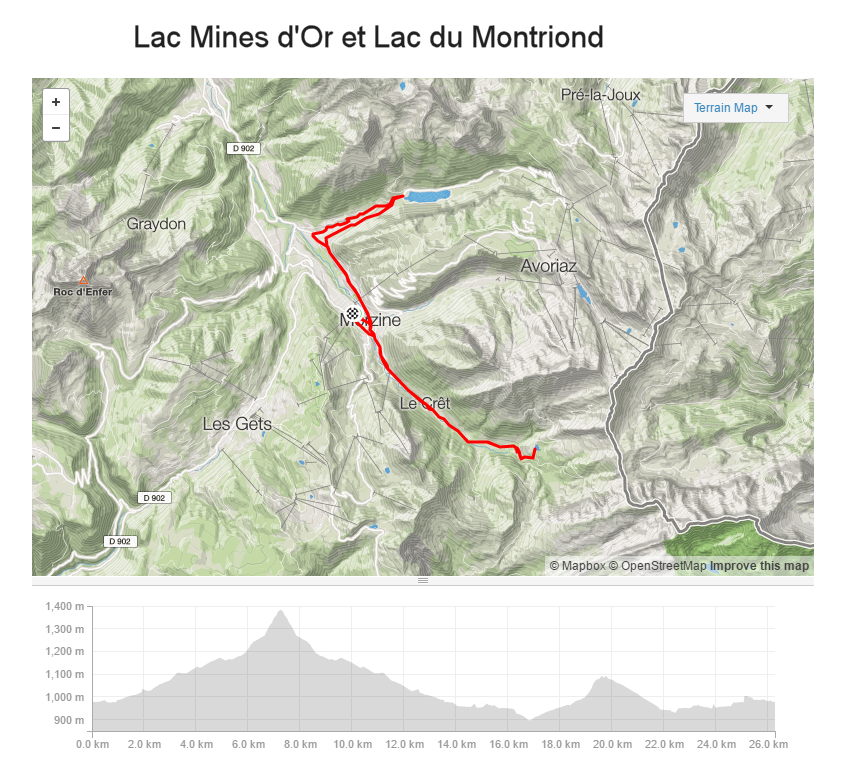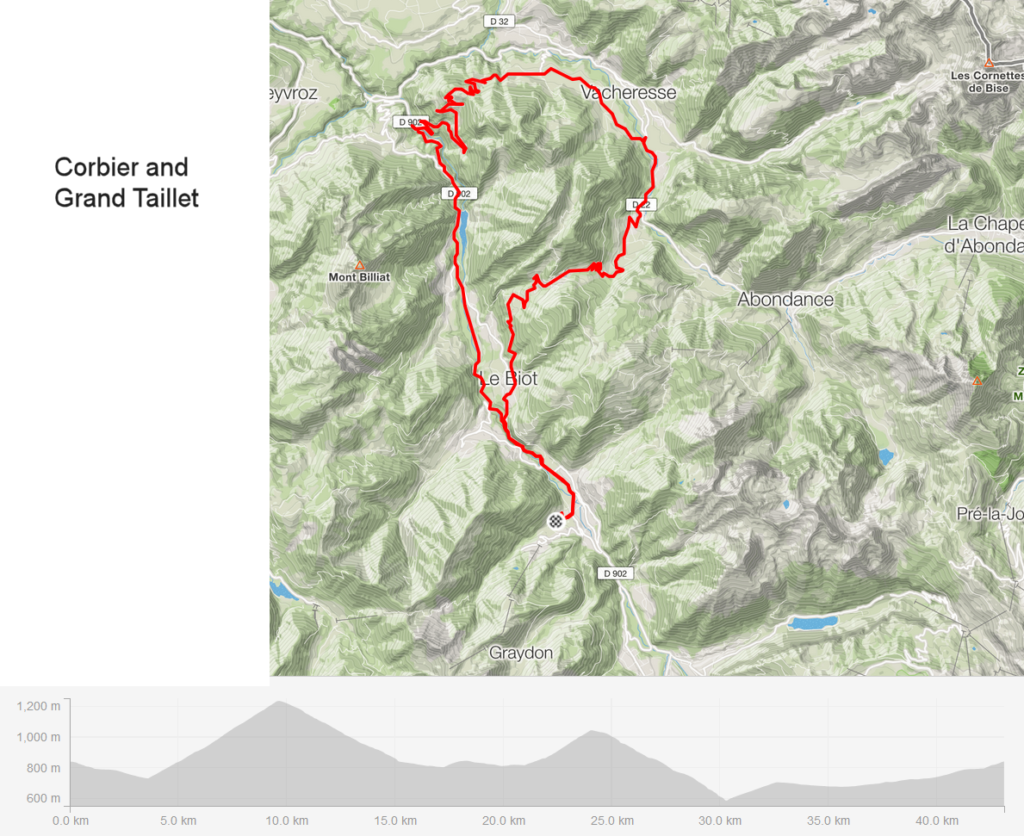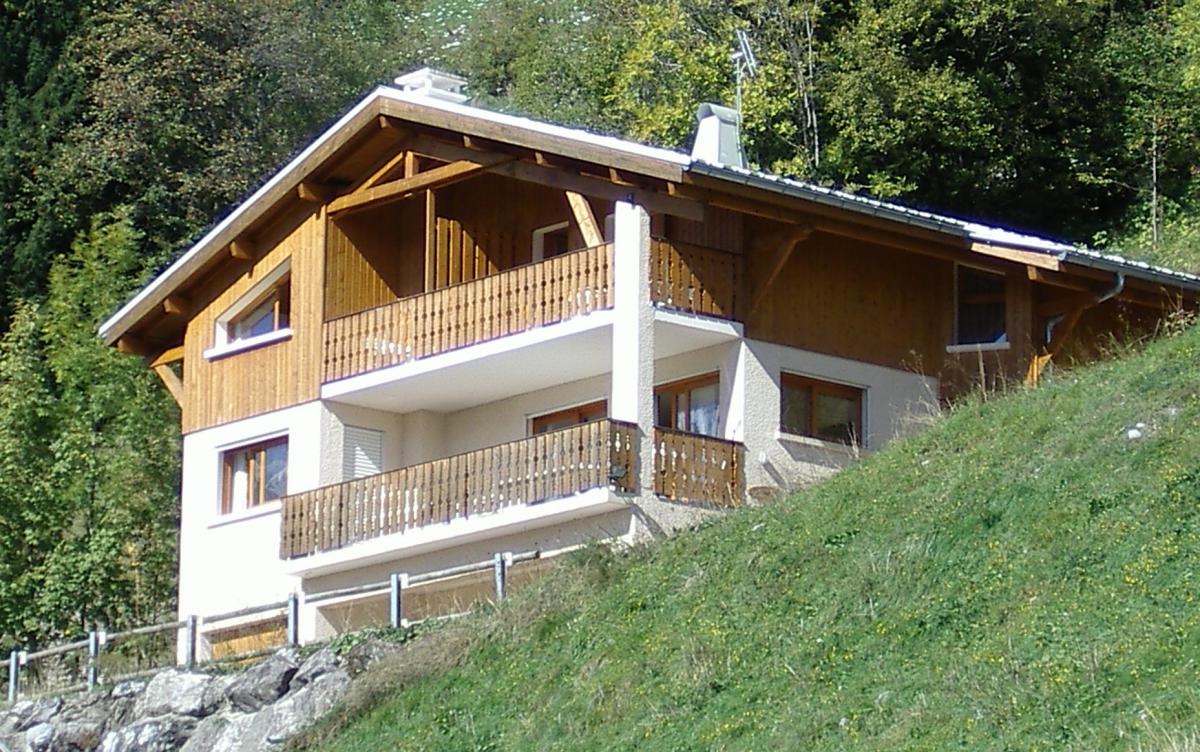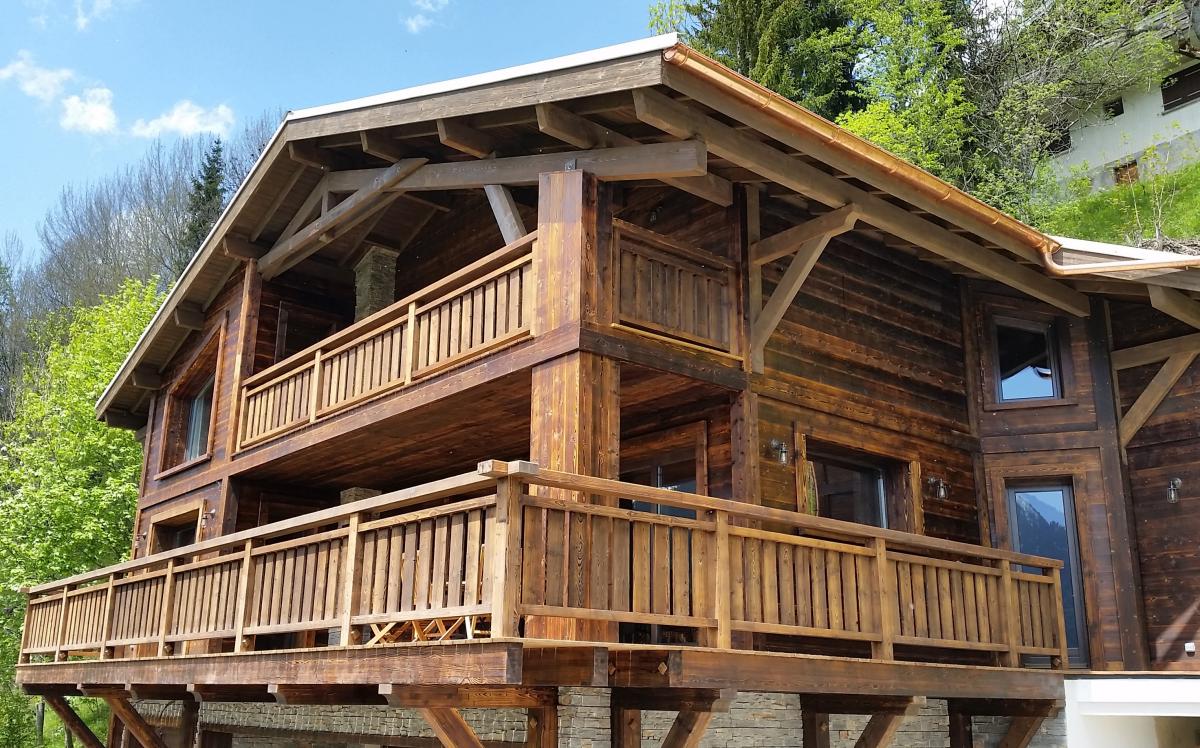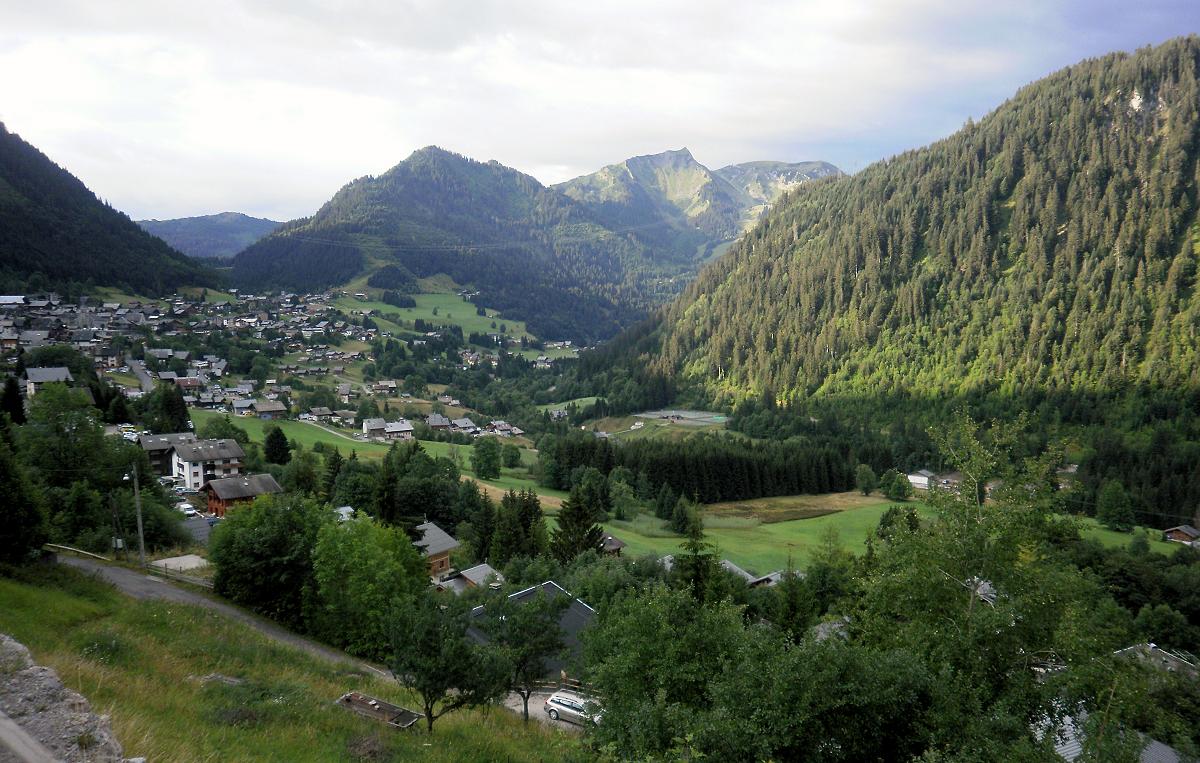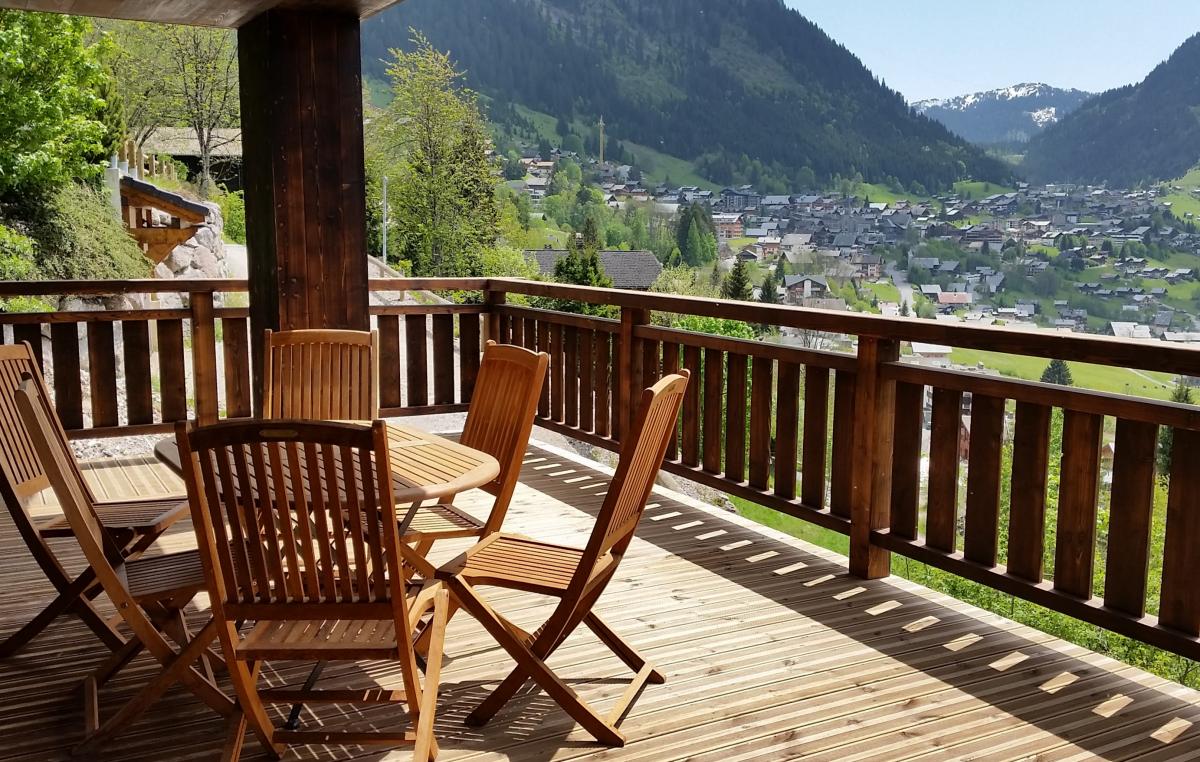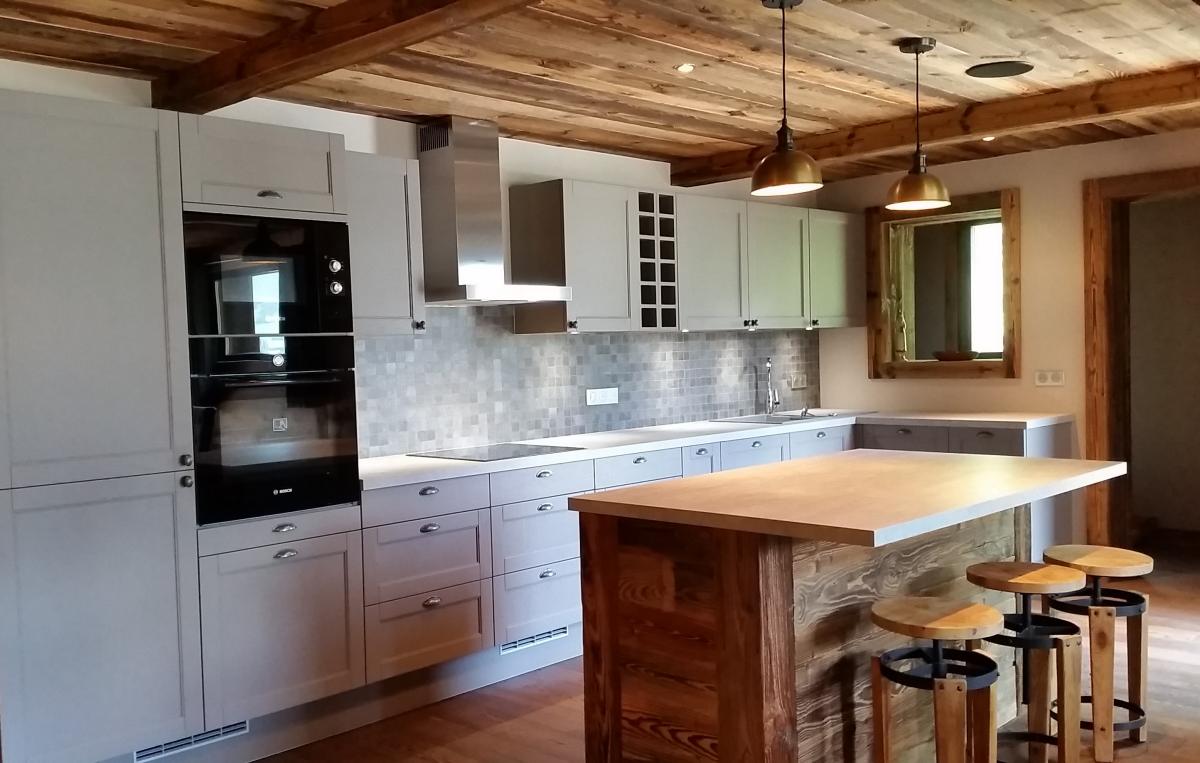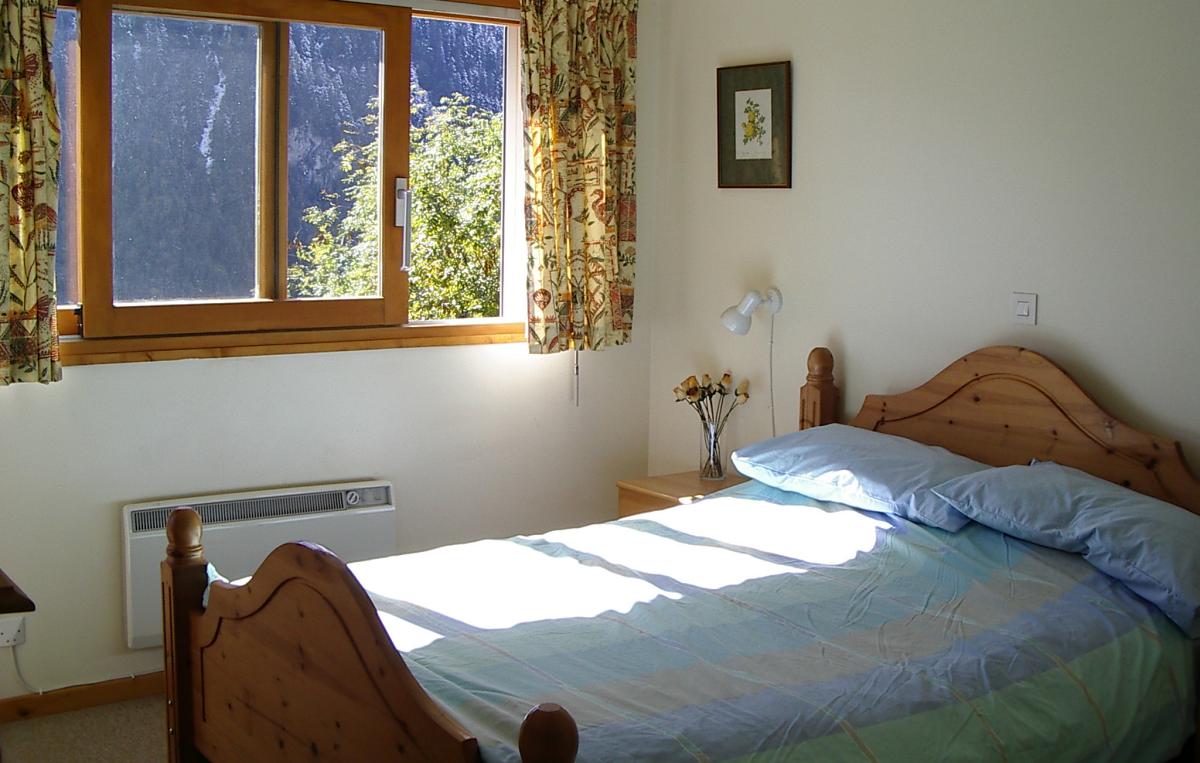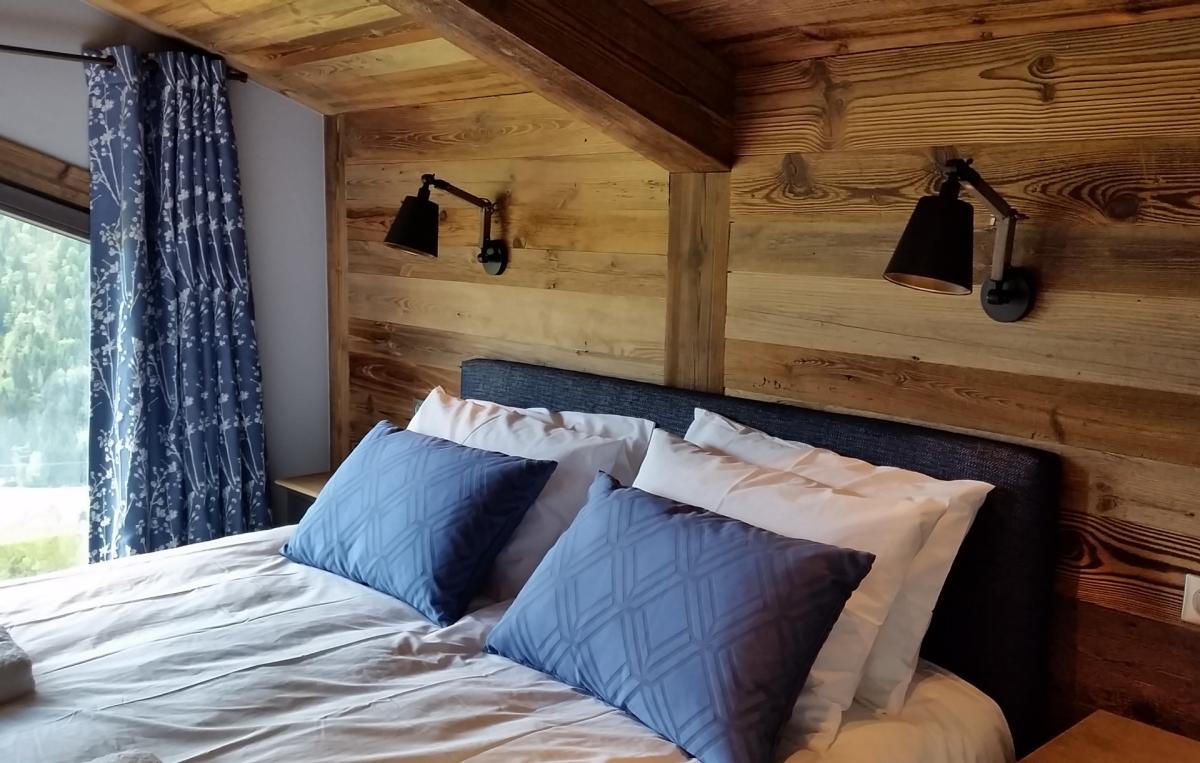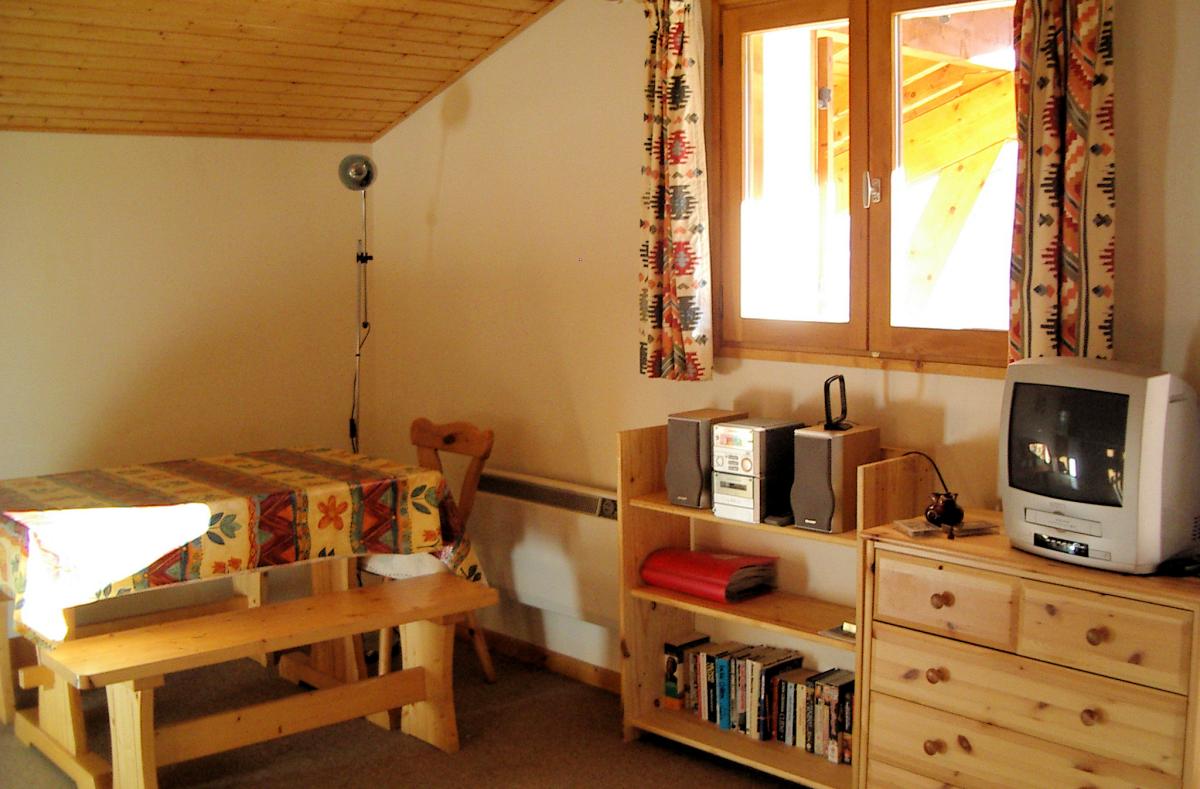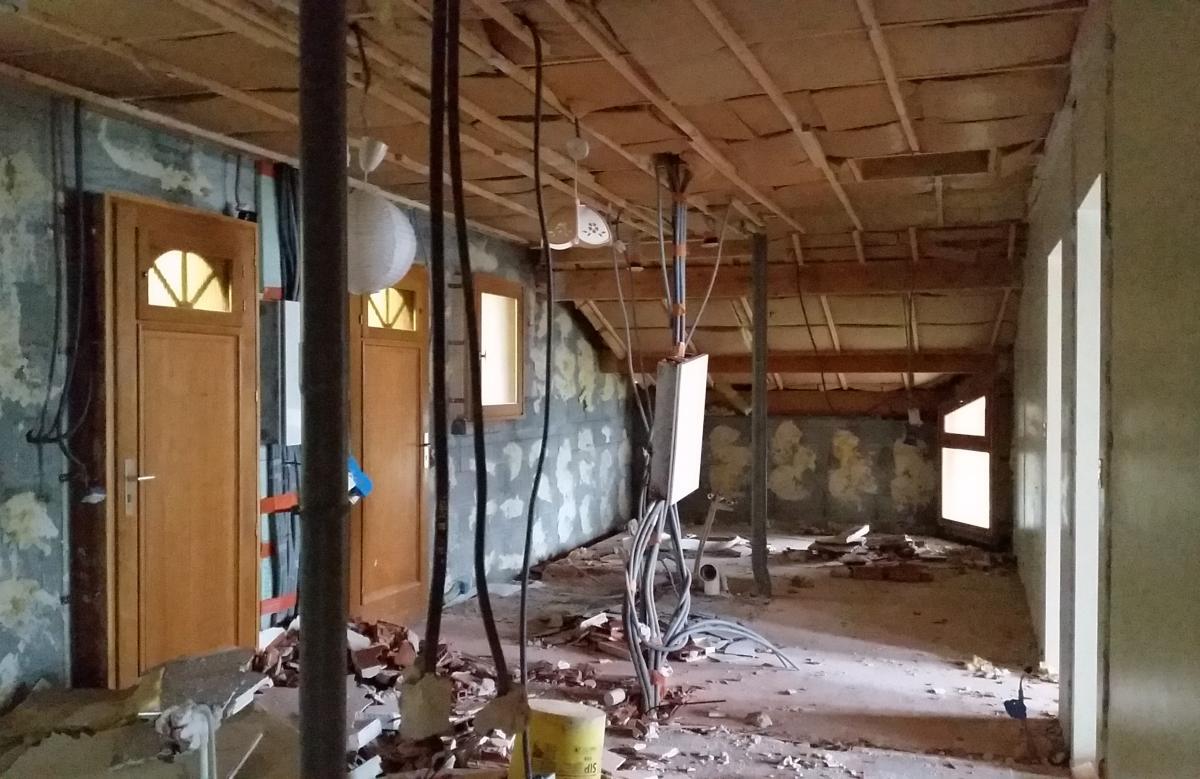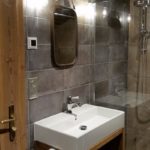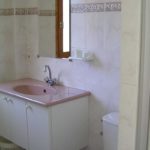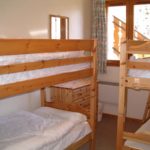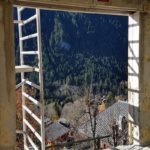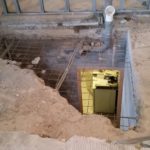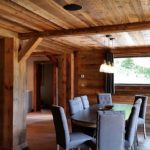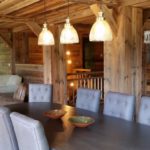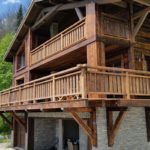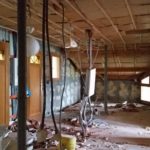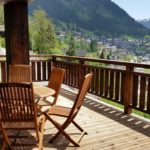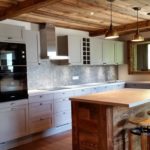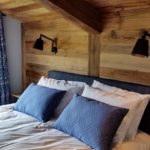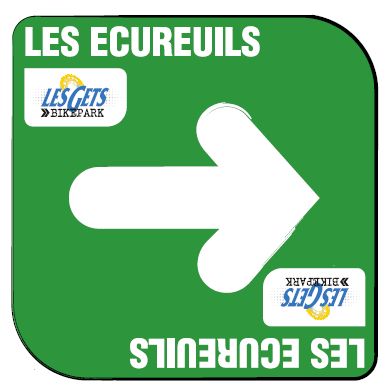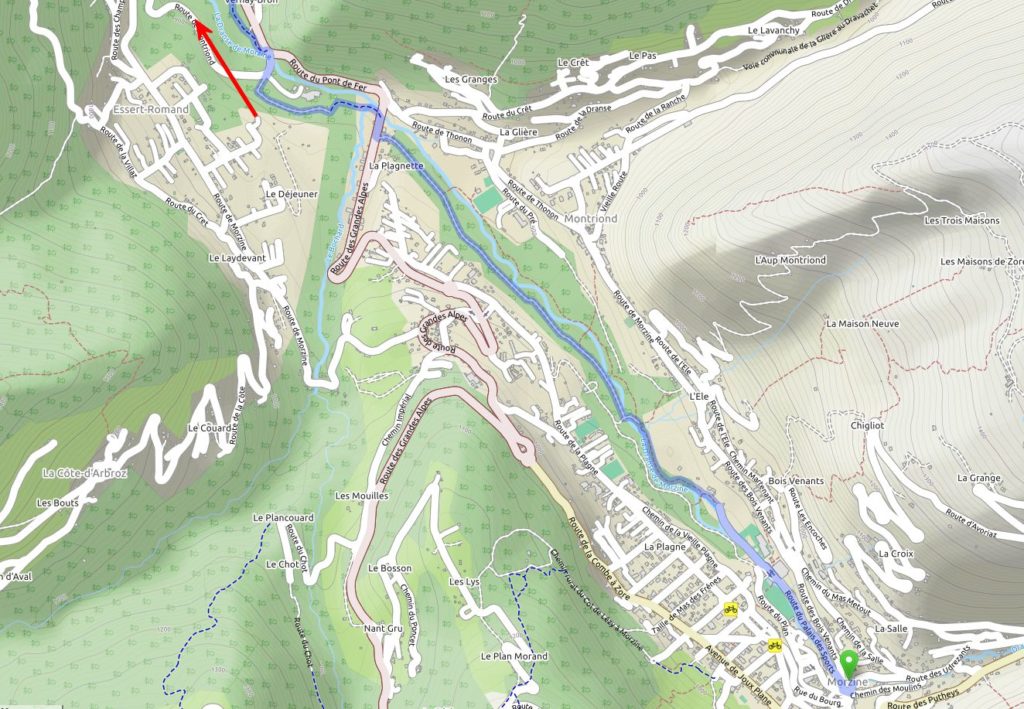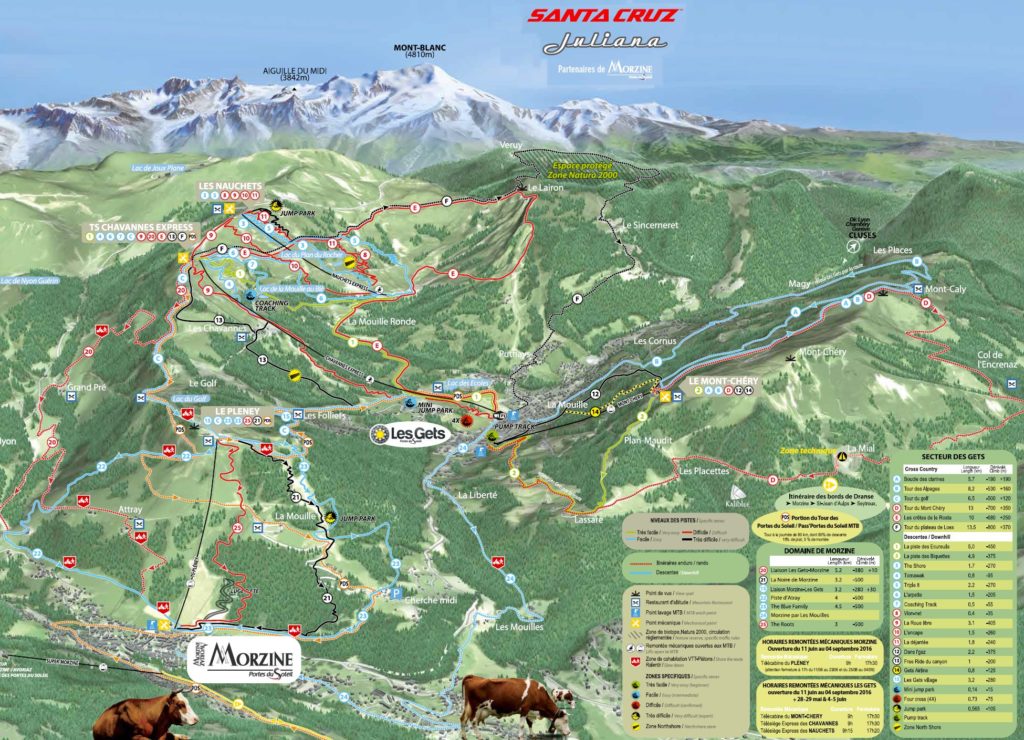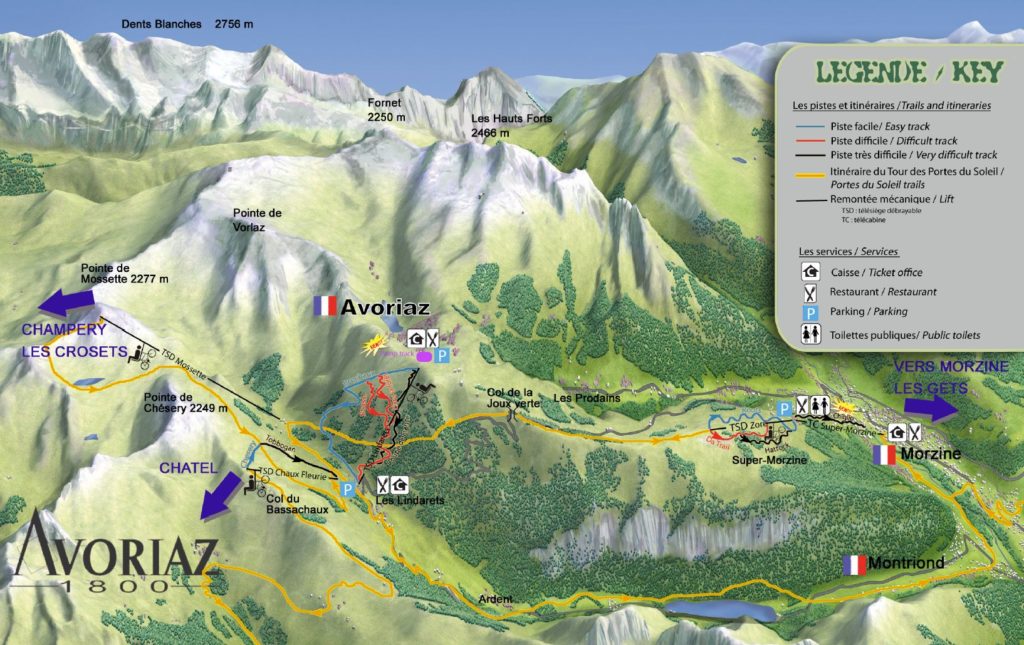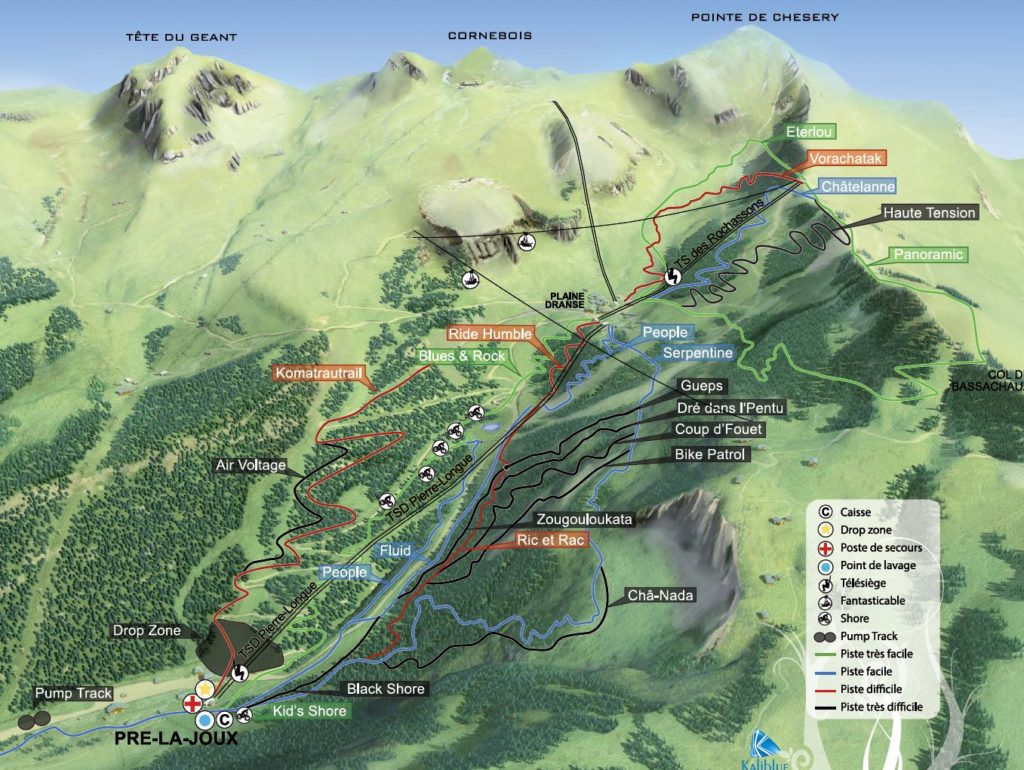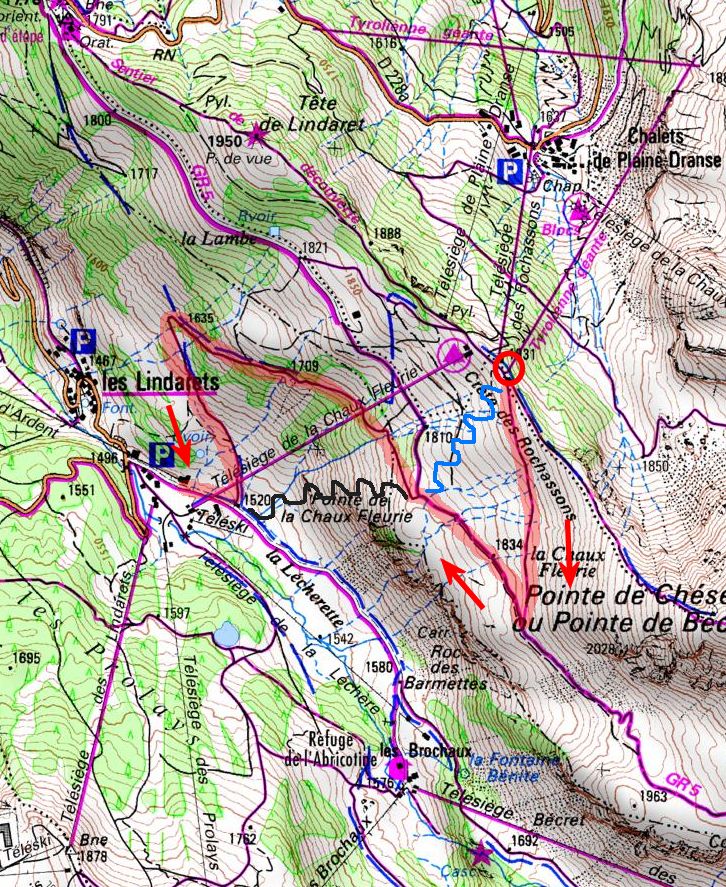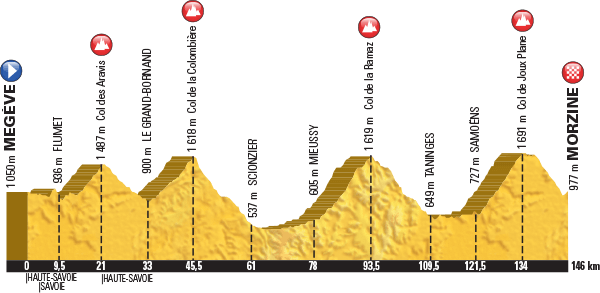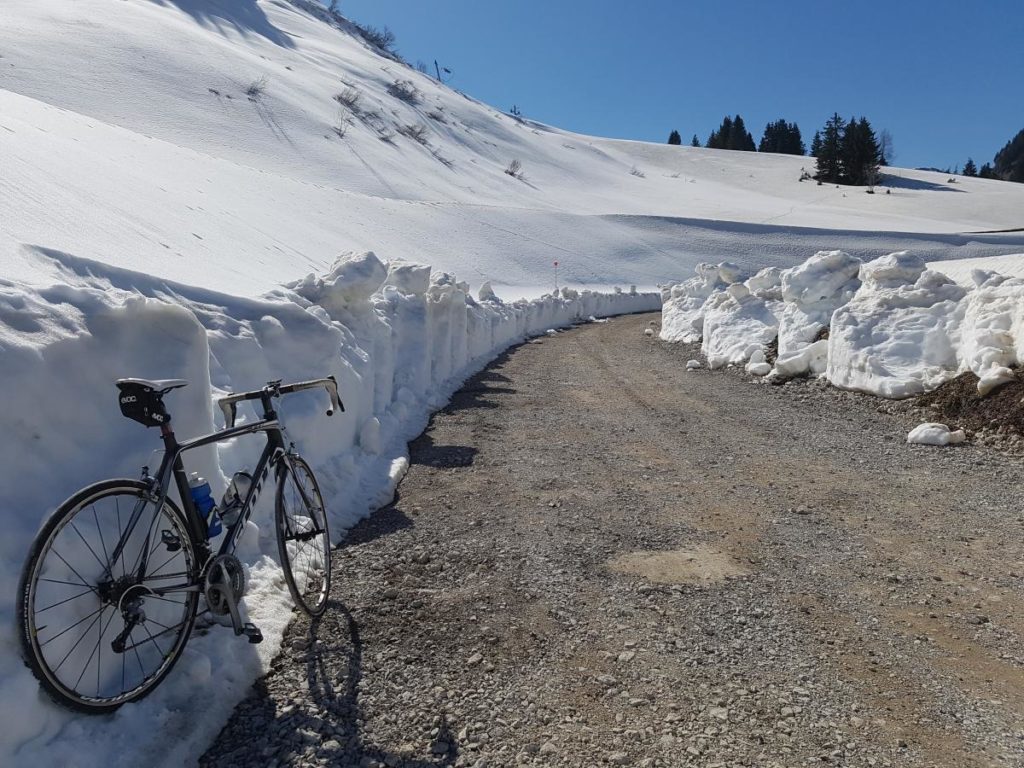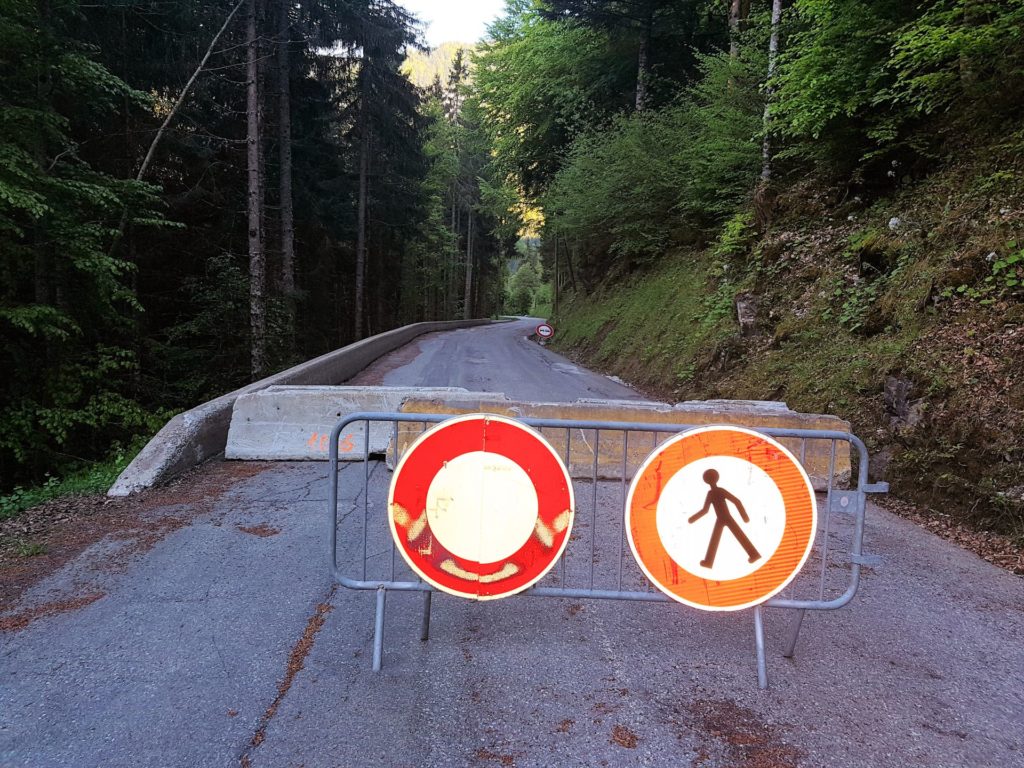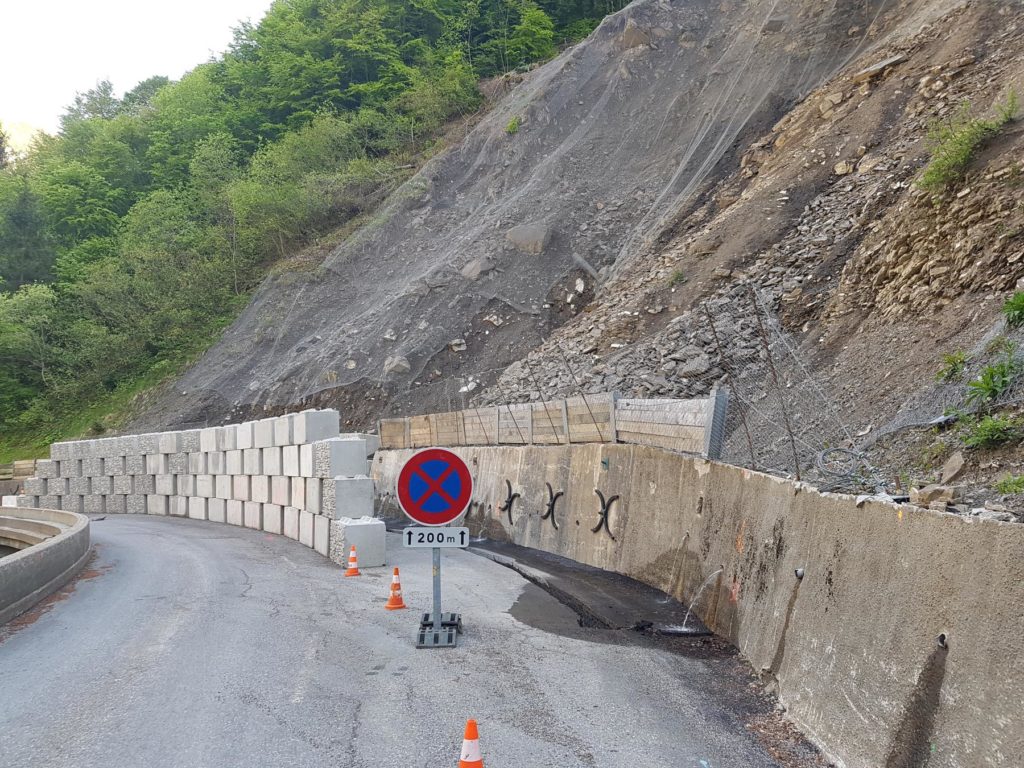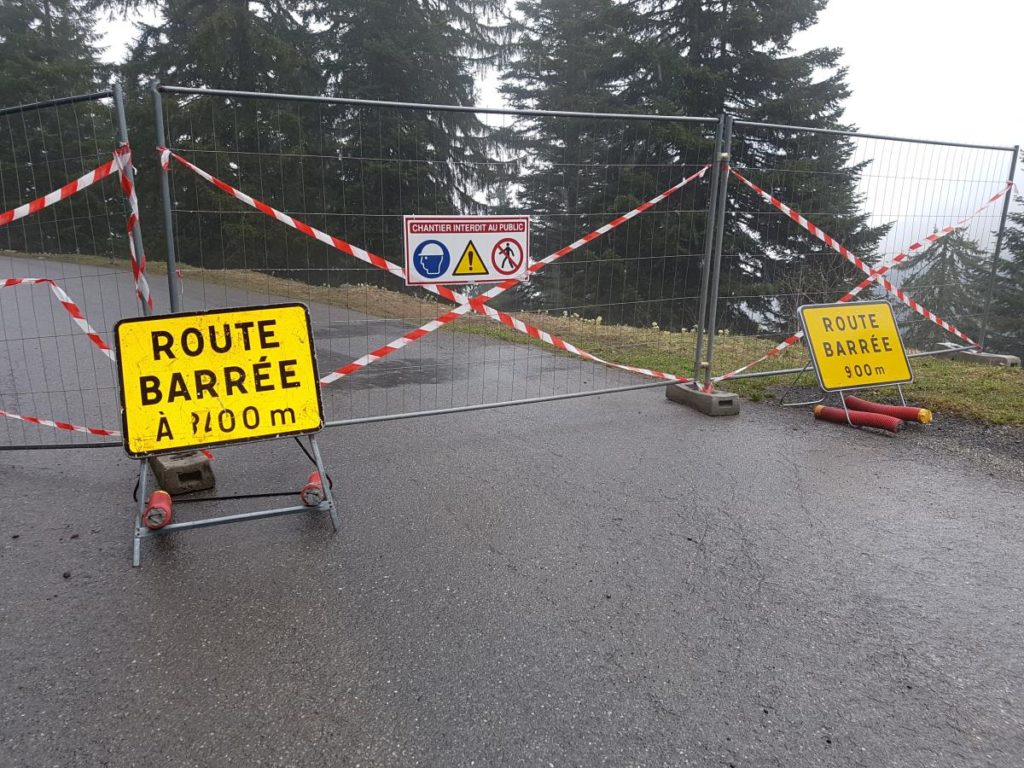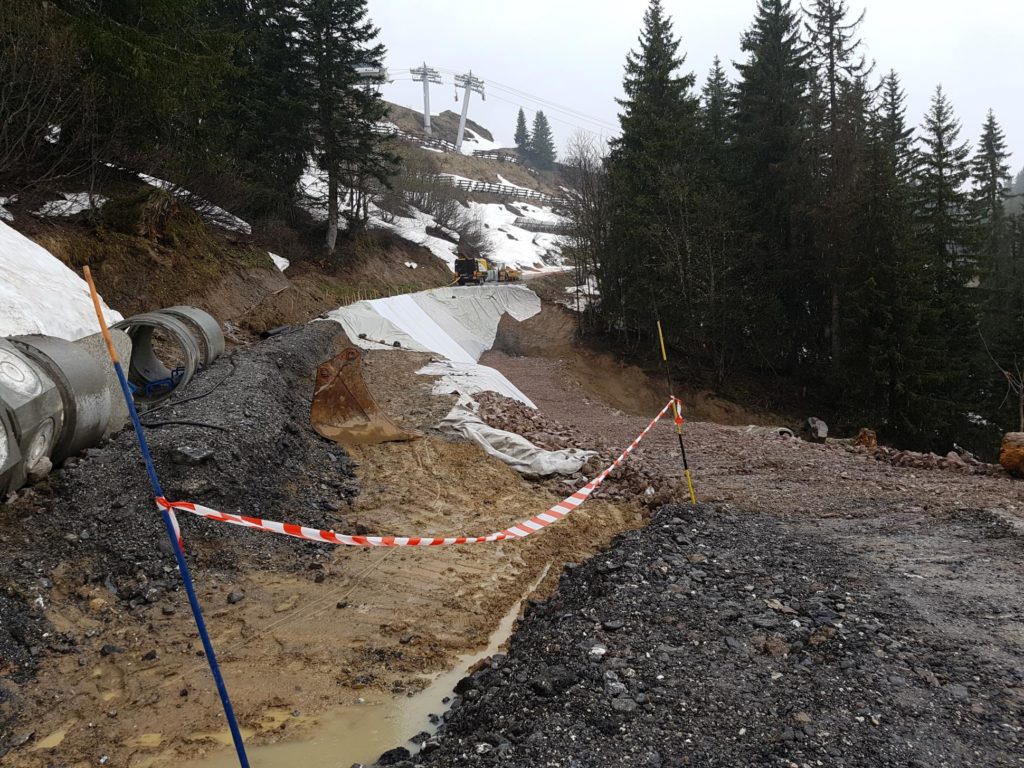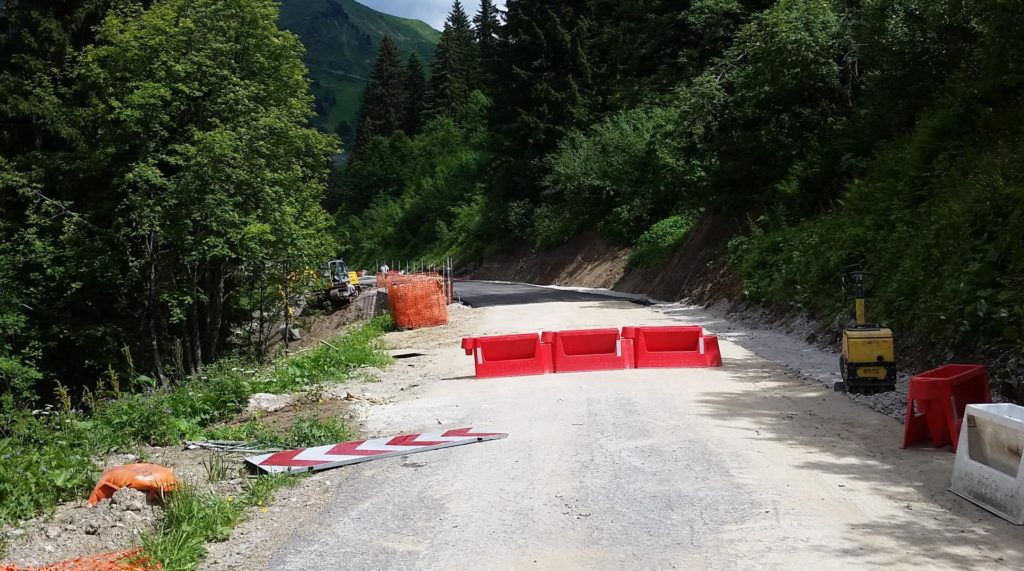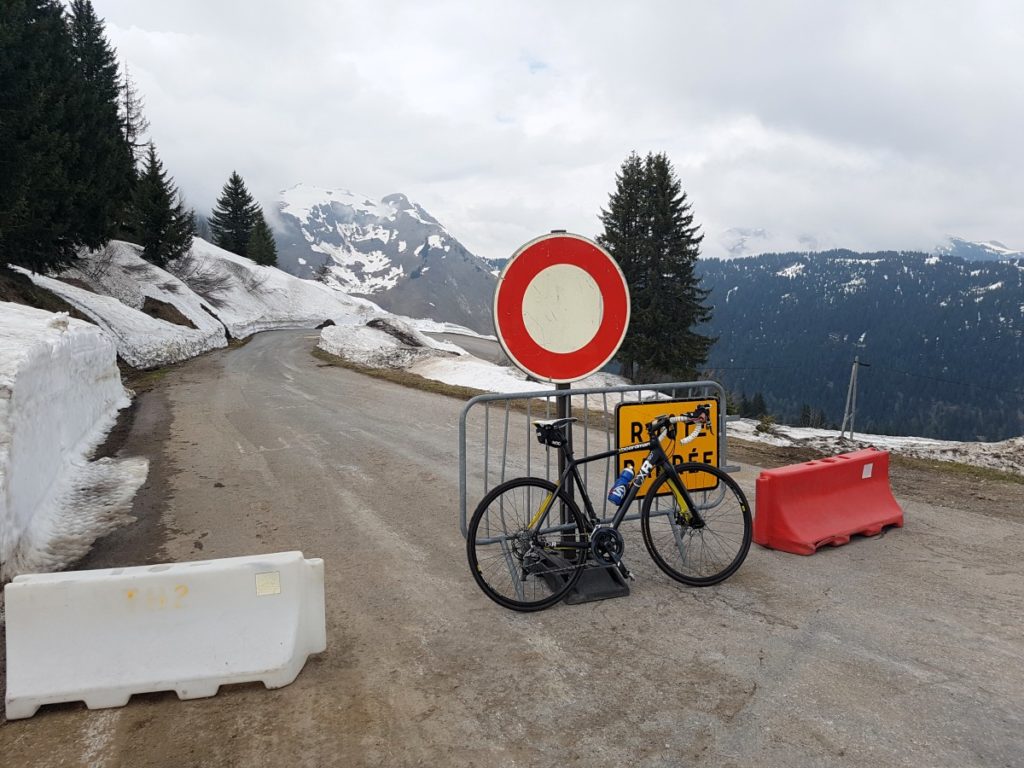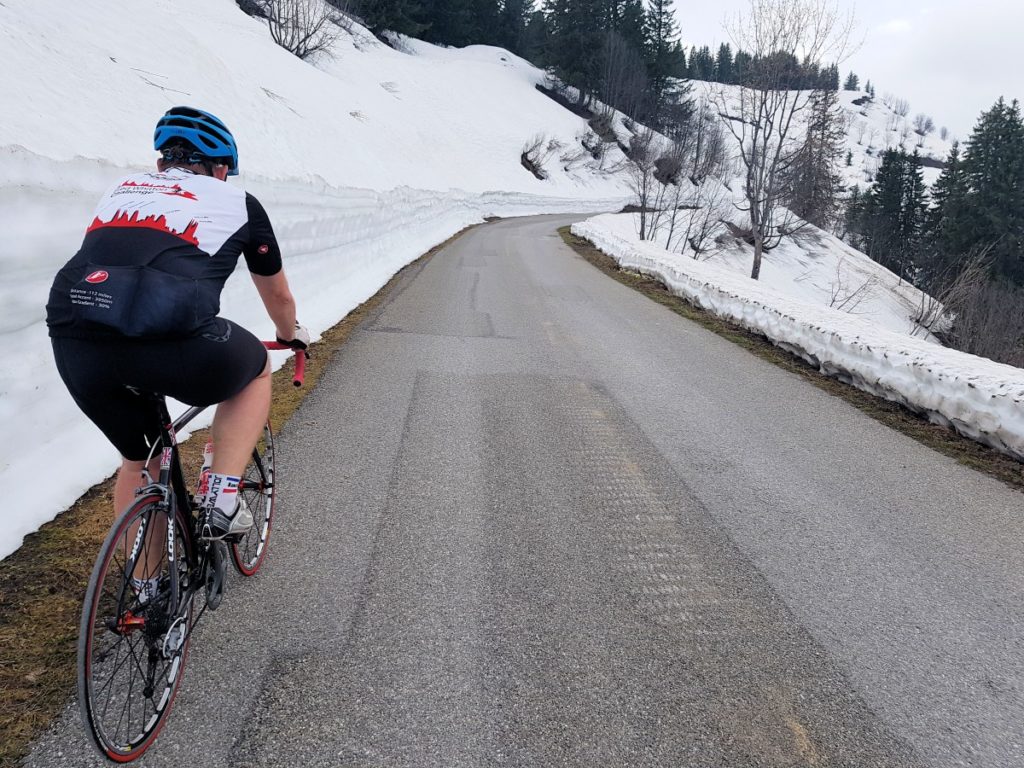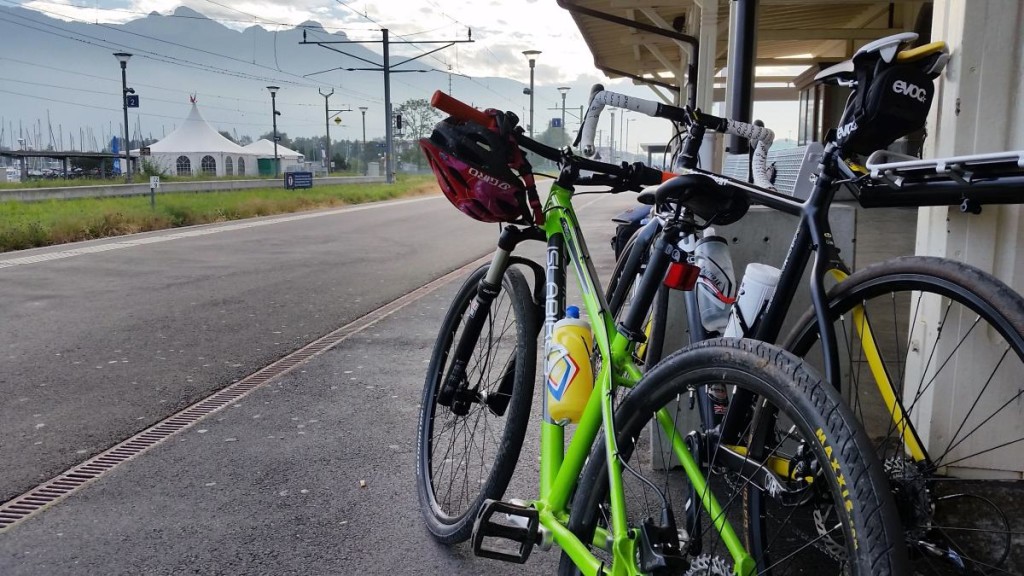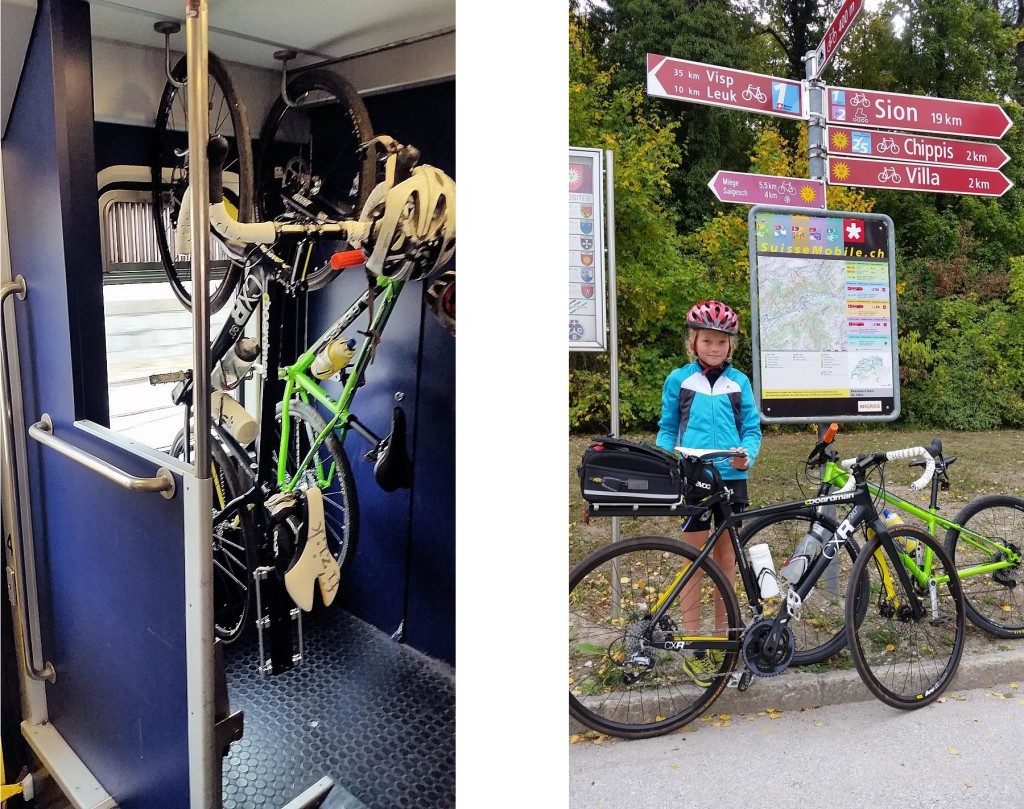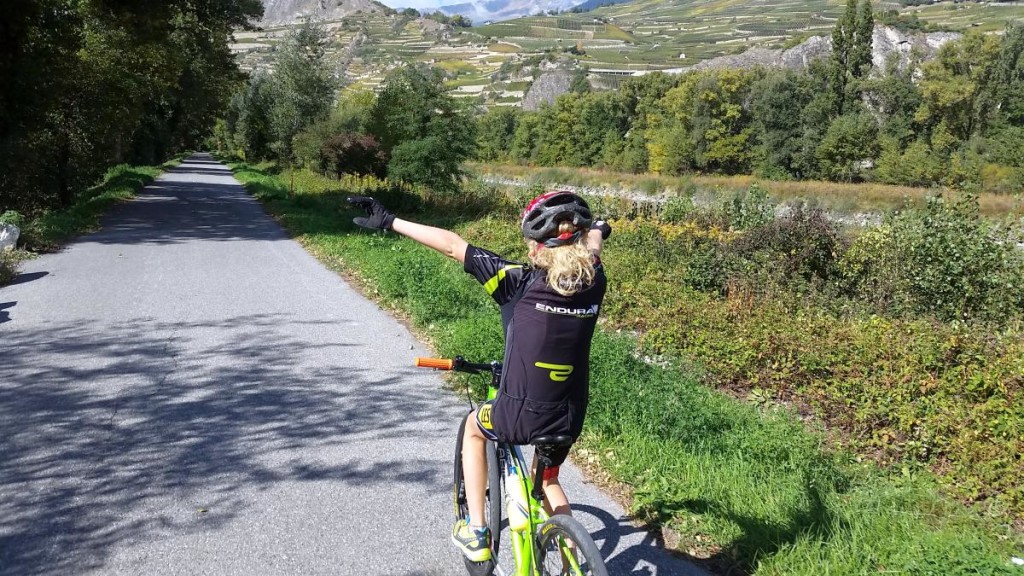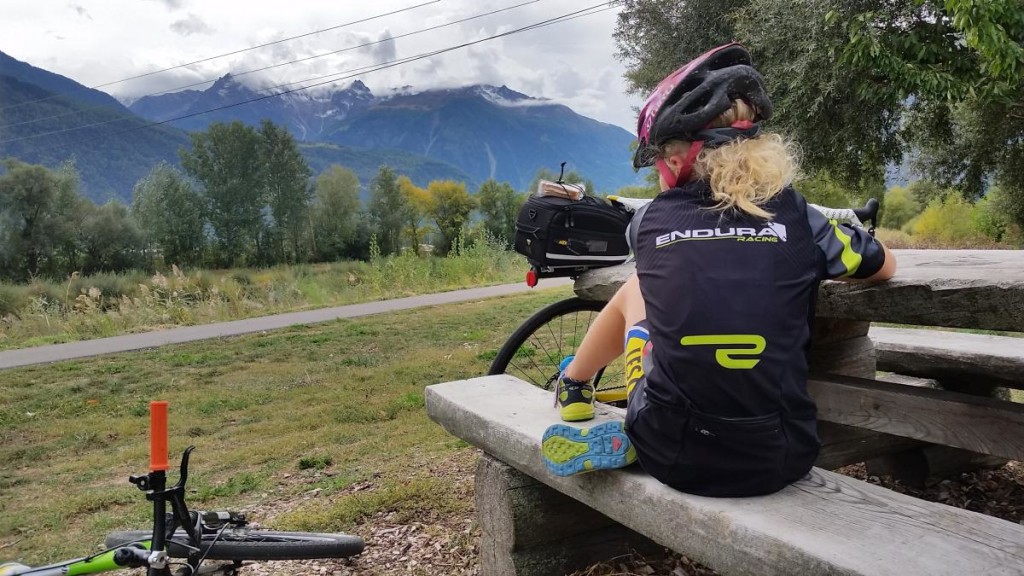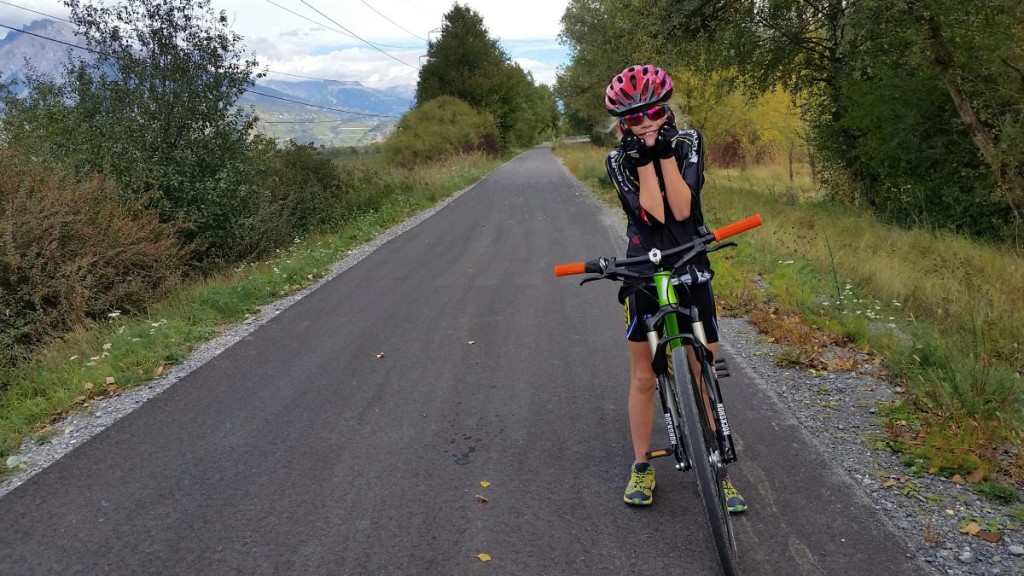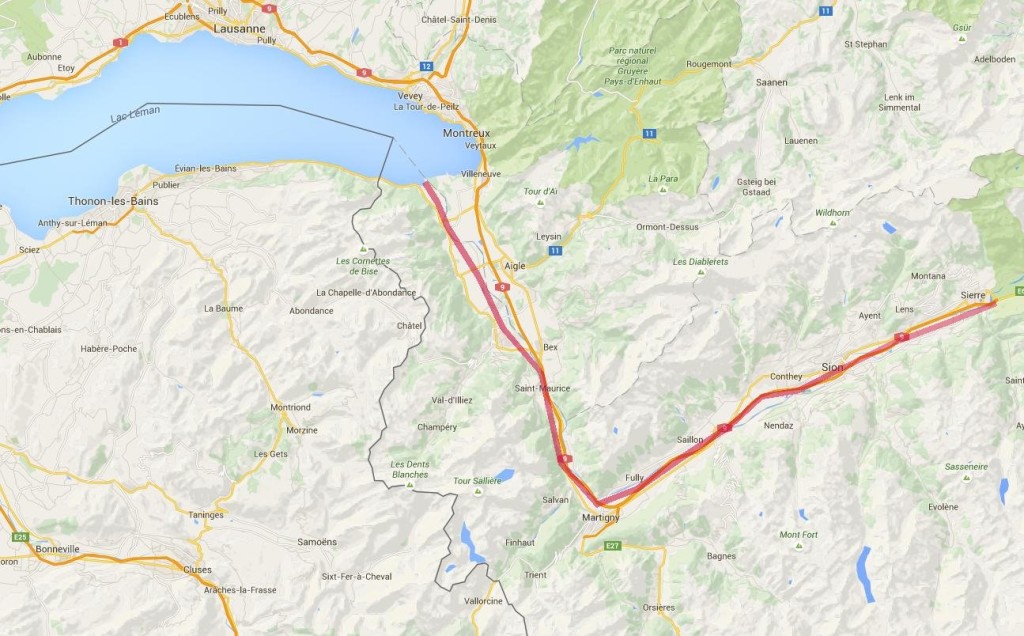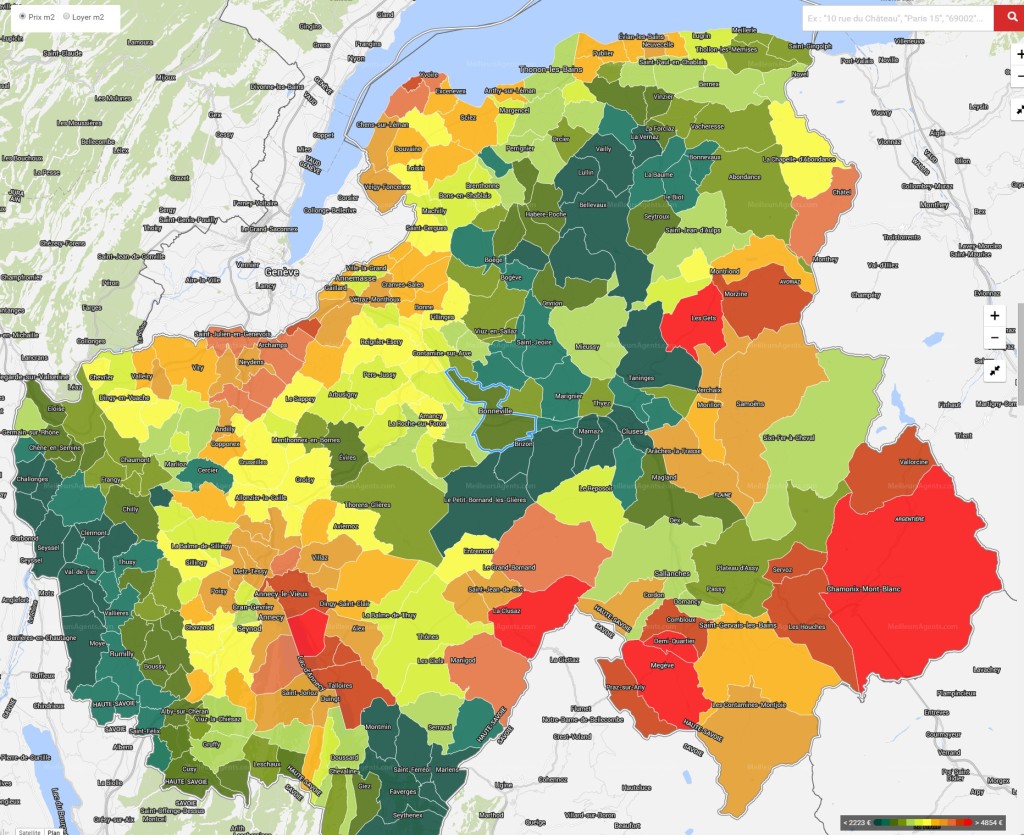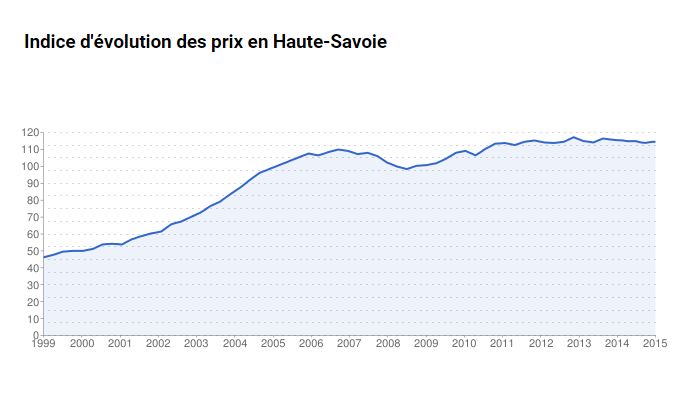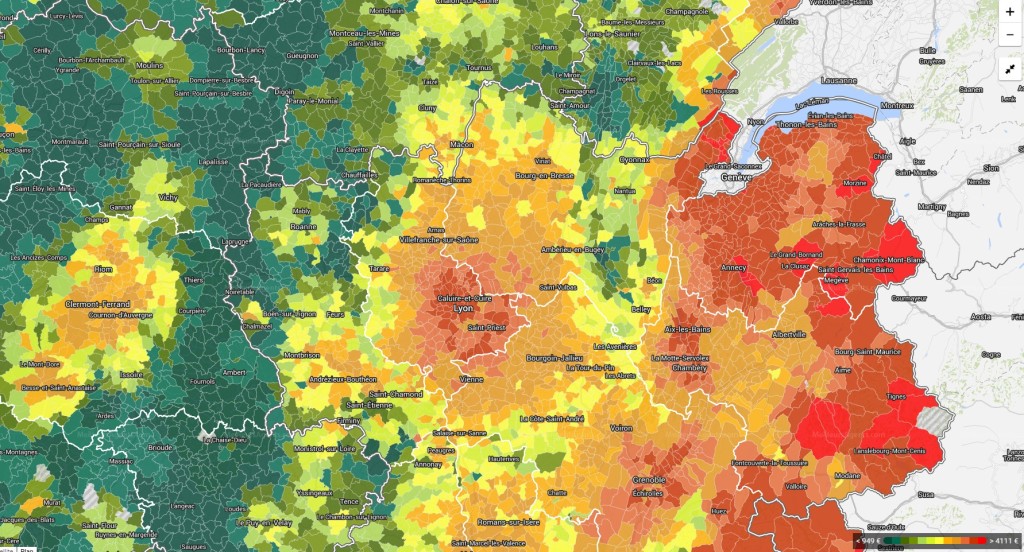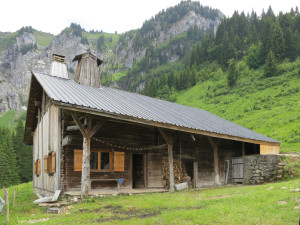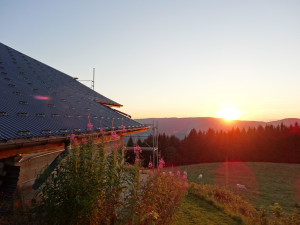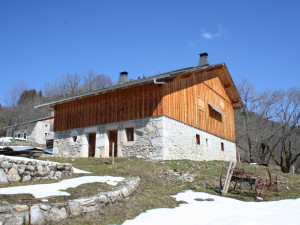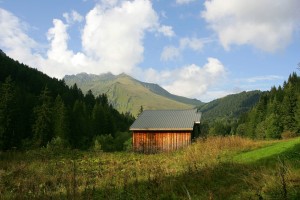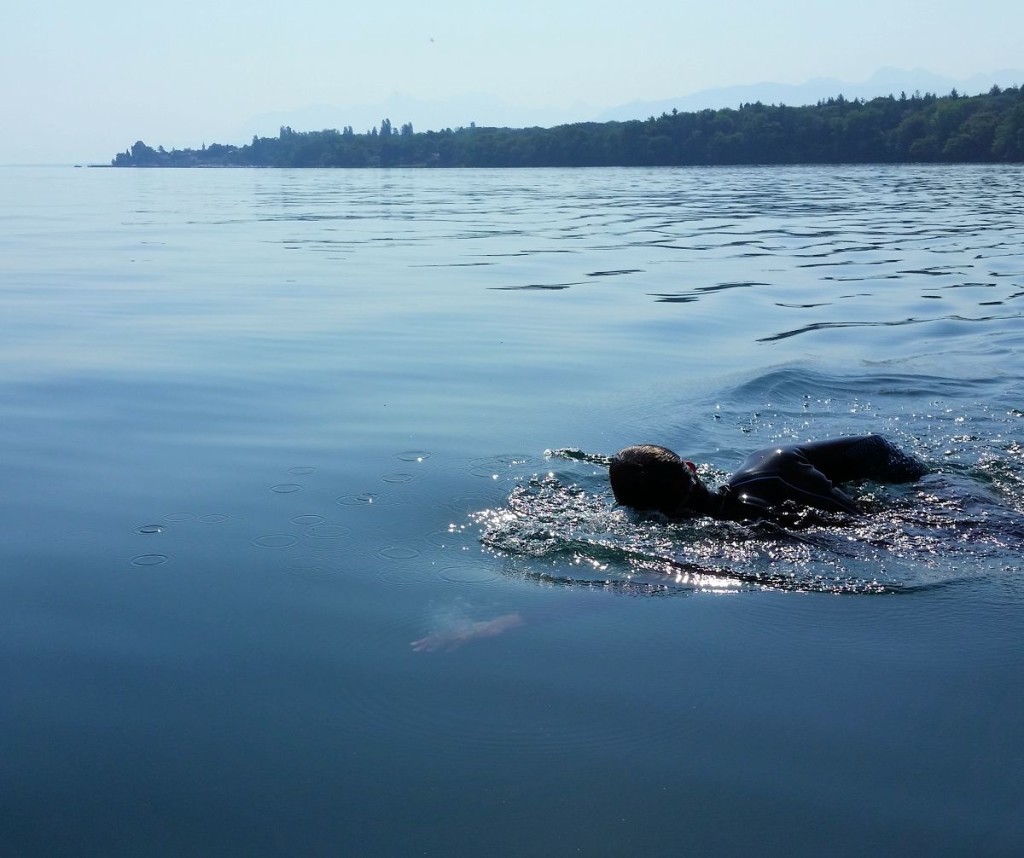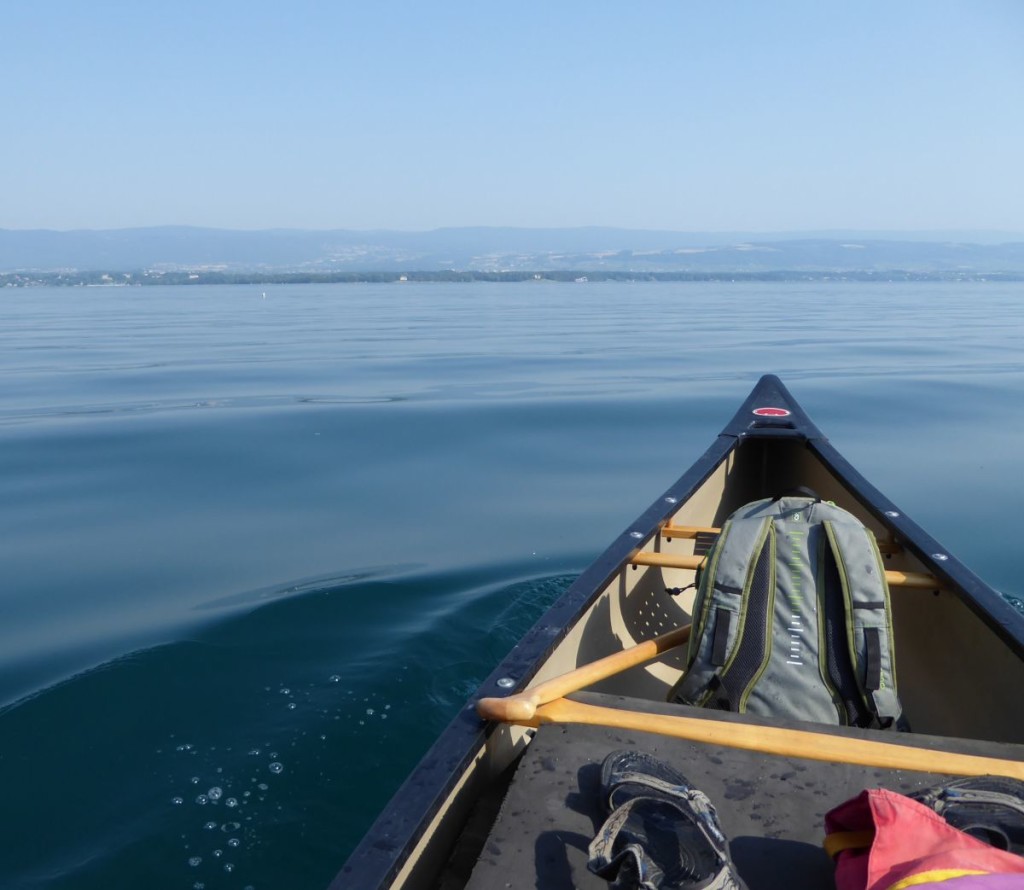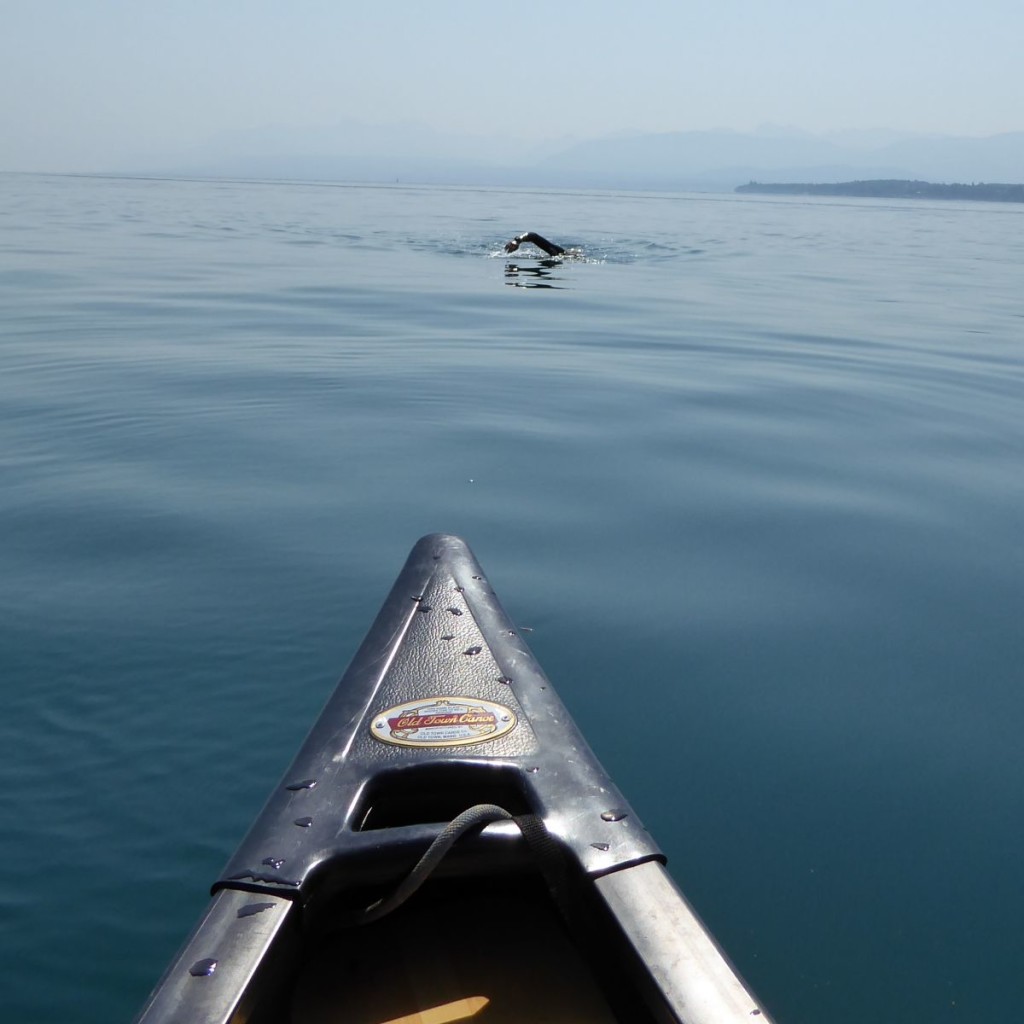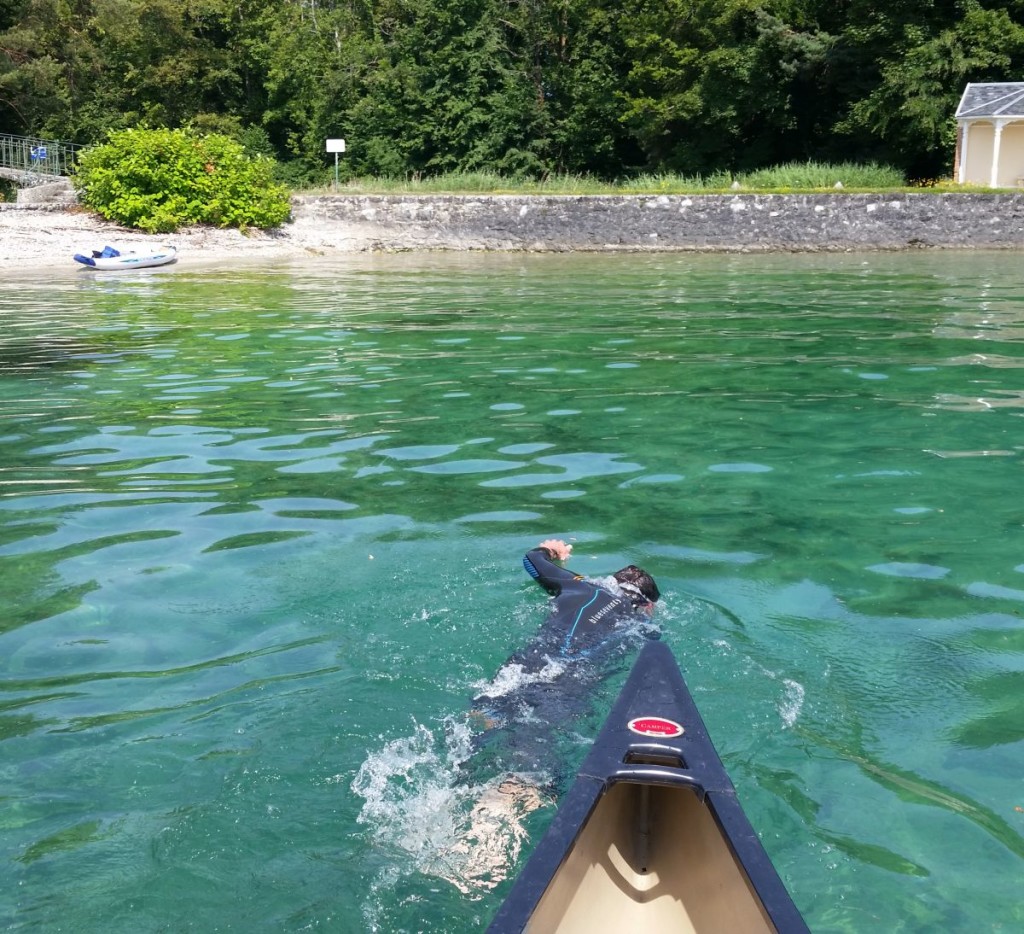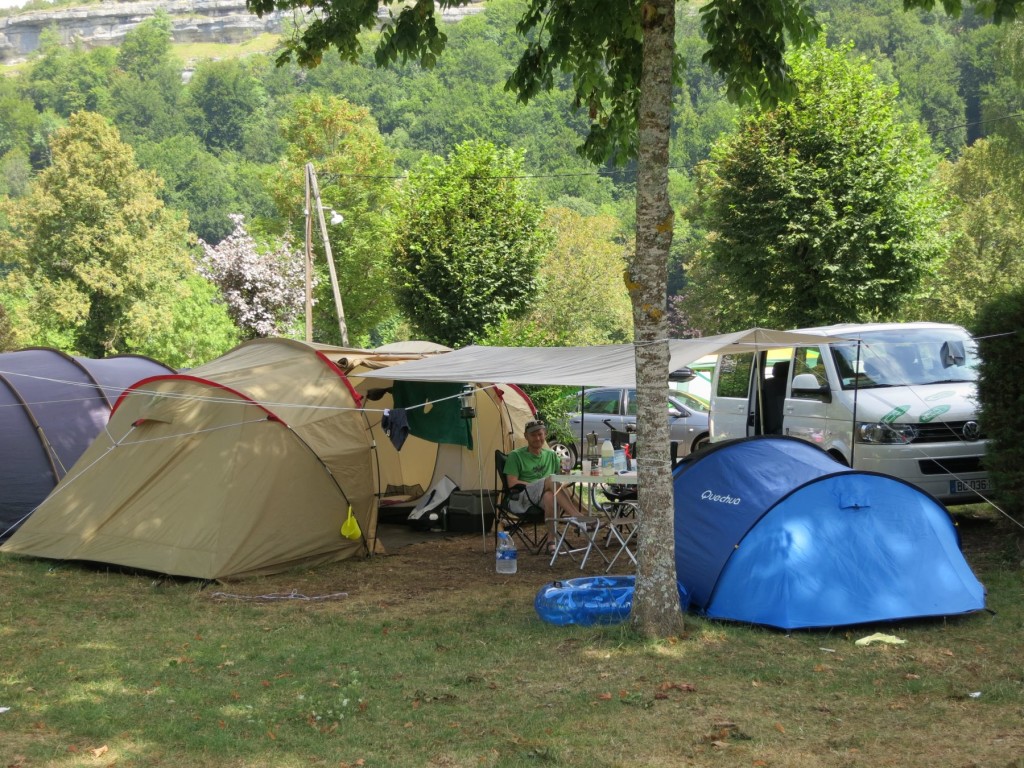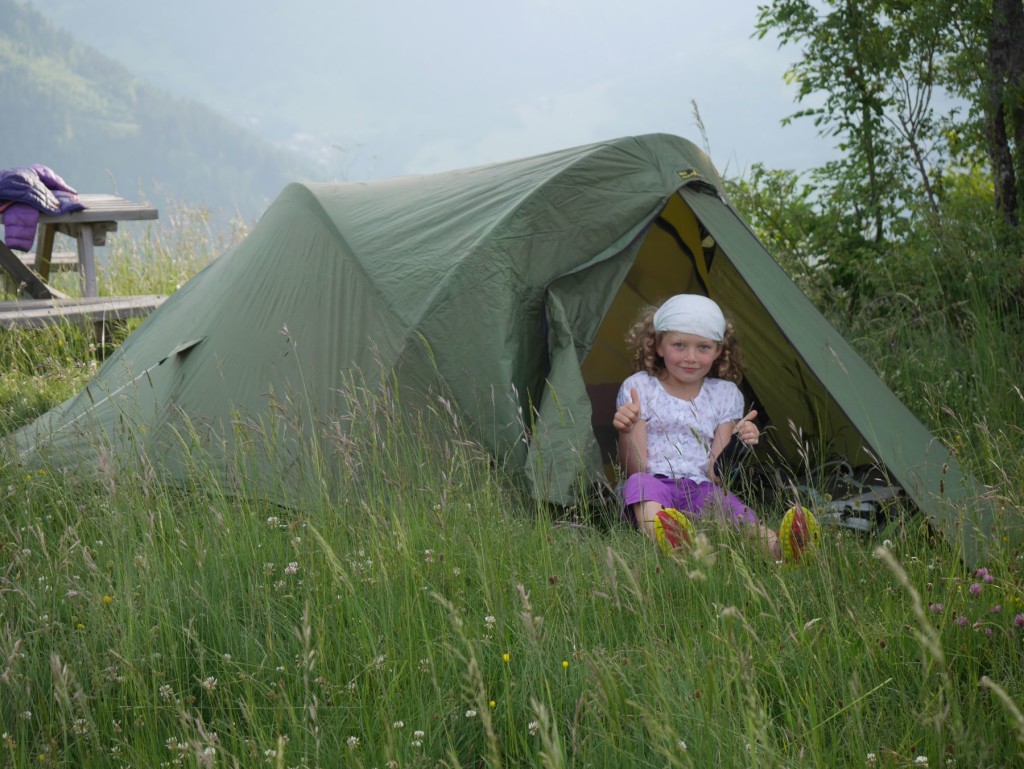Or Brexit and buying Property in the Alps.
I was asked on most days in the weeks following June/23rd what I thought the effect the Brexit vote would have on the property market in the Alps. Back then, it was too early to say. It might still be too early now. It’s tempting to say “Brexit! What Brexit?” as the reality is nothing concrete has happened yet. To save your time (and reduce boredom) you can have my main conclusion first”
The main result of the Brexit vote so far has been to weaken the value of sterling. Weak sterling reduces demand for properties in the Alps.
So if it’s all down to the exchange rate, it might we worth a look at the graph.
BUT, and this is often forgotten, in a period of uncertainty the sellers are more likely to agree to an offer AND buyers don’t feel under pressure to compete against other buyers. So all in all properties are still being bought and sold.
The current property market in the Alpes is more complicated than just Brexit and involves more or less of the following
- Trump. This looks positive for our market in the short term.
- The world economy (a retreat from Government bonds ref). This could be positive, see below.
- The upcoming French election ref. This will reduce activity on the French side of our business.
- Brexit. Dunno…
Trump.
Suddenly Brexit doesn’t seem so nuts. In context with the US and possibly now much of Europe it can be seen more clearly. Le Brexit was barely understood in France, but now it might be part of a pattern. It’s upset half of the US, which has seen an upturn in interest in European property from the Americans already.
The World Economy.
The short term effect of the Trump victory seems to have led to a sell off of government bonds (due to the likelihood of interest rate rises), much of this cash is heading into equities (the FTSE and US indexes are both up), in our experience when they become overvalued, money often heads our way.
The upcoming French elections.
This always leads to a hiatus in interest from French buyers, in the same way we experienced a big drop in enquiries just before the Brexit vote.
Brexit.
We don’t know, no one knows. Hard Brexit / Soft Brexit. We assume the second, but who knows? The reality is that non-EU citizens have always been able to buy property in France without issue. That won’t change. We have had some enquiries from people wanting to flee the UK to Europe. Not a flood, but some.
So the bottom line is there has been a reduction in interest. Not comparable to the period after the banking crisis but a reduction non the less. That is probably linked to the exchange rate.
My favorite thought is to remind myself. That despite the uncertainty and turmoil, the mountains will always be here, Summer, Winter, Spring or Autumn and that they are hard to beat.


